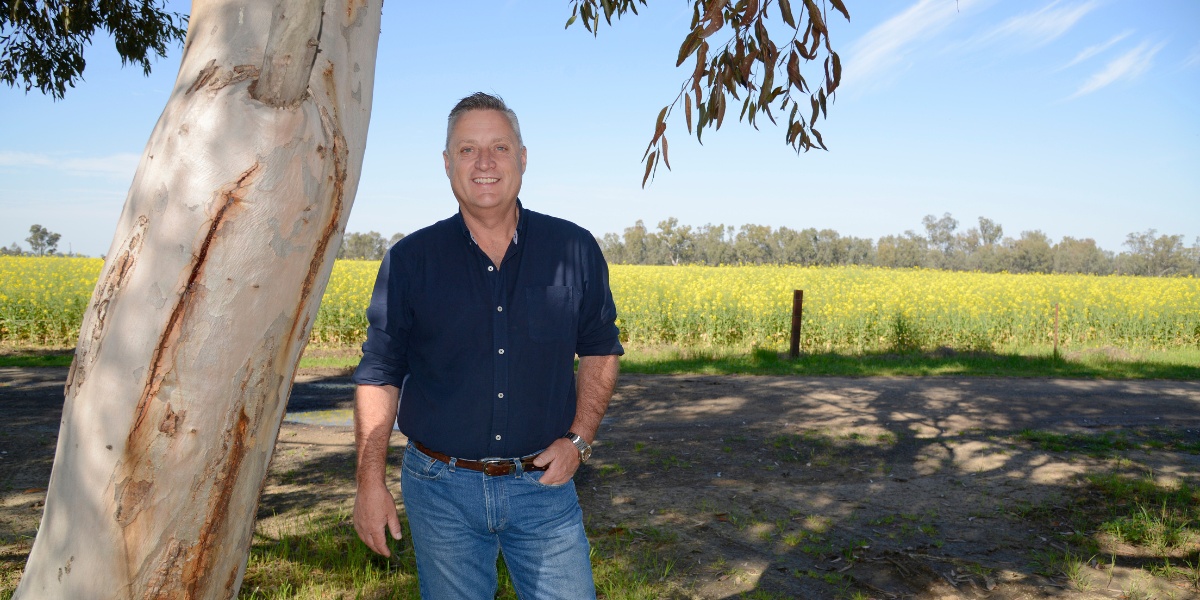In the wake of the Labor Government’s announcement of its 2035 emissions target, I feel I must respond as a farmer and as the Member for Parkes.
Since my earliest days of campaigning, I have heard desperate pleas for help from people who live on the land and in our rural communities. We live in the country for all kinds of reasons – continuing the family business, enjoying the lifestyle and connection to the land, and raising a family in a close-knit community.
The hasty race to look good on a global scoresheet is now threatening all that is good in some of those communities.
In New South Wales, there are five Renewable Energy Zones – Central West Orana, New England, Hunter Central, the South West and Illawarra. These are described as the equivalent of modern-day power stations, combining new renewable energy infrastructure, including generators (such as solar and wind farms), storage and high-voltage transmission infrastructure.
In short, regional New South Wales is the experiment to save the rest of the state, and a fair whack of the country.
The first REZ to reach construction is Central West Orana around Dubbo, Dunedoo and Merriwa. This REZ was originally designed to deliver just over 3 gigawatts of power, but is now earmarked for more than 12 gigawatts, with talk it could expand to 24 gigawatts.
In practice, we have already seen what this means for the people whose homes and livelihoods lie in the path of transmission lines, “renewable” equipment and wind turbines. It means loss – of land, privacy, certainty. It means heartbreaking rifts between neighbours, friends and family.
People whose families have lived on this land for generations are facing an uncertain future in the messy scramble to bring in this form of industrialisation at a massive level. This is tearing apart communities.
An Australian Energy Market Operator (AEMO) 2022 map shows a total of 12 zones under consideration in New South Wales – including ones at Broken Hill, Wagga Wagga, North West NSW and Tumut. There are many more in the pipeline for Queensland and Victoria. The rush has only just begun.
Labor has now announced its latest emissions target – a 62–70% reduction (below 2005 levels) by 2035.
Any target must pass two simple tests: it must outline the cost to households and small business, and it must be credible. Given Labor is unlikely to meet its 2030 target of a 43% reduction, this is an impossible task.
In 2022, Labor went to the election with three promises: a $275 cut to bills by 2025; 82% renewables by 2030; and 43% emissions reduction.
What’s the result three years later? Power prices are up 39% – $1,300 more than promised for 2025–26. The 82% renewables target is off track, with experts forecasting 65% at best. After emissions rose under this government, they are now back at 28% of 2005 levels – the same as when the Coalition left office.
Three promises, three failures.
We believe in making a difference and in transitioning to energy creation with fewer emissions. But it cannot be at any cost. At the moment, all of that cost is falling on regional Australians – who aren’t even getting a break in their power bills.
Got something on your mind? Go on then, engage. Submit your opinion piece, letter to the editor, or Quick Word now.


The REZ has produced mush benefit to the regions involved. Wellington for instance, used to be a drab untidy ‘down on its luck’ town. Since the REZ, it is tidy, all buildings painted and welcoming, few empty shops with barred up windows, and a general feel of prosperity. Employment opportunities are more available. The town has prospered. The farmers need to stop whinging and, like the smart ones around Armidale, take up the opportunities to diversify their rural businesses and play their part in dealing with climate change (something that the Farmers’ Federation already agreed to is threatening the rural future of Australia).
There also needs to be more metropolitan areas making use of roof and other space to generate their own electricity locally and reduce the need for new expensive transmission lines.